Home – Solutions – Sustainable Products and Circularity – Lifecycle Assessments (LCA)

Home – Solutions – Sustainable Products and Circularity – Lifecycle Assessments (LCA)
Life Cycle Assessments (LCAs) support organisations to identify environmental risks, demonstrate environmental benefits, and enable tangible reductions in the use of resources, pollution, and waste.
We are a global leader in delivering actionable LCA assessments for organisations across sectors with a team of industry-leading experts. Unique to Anthesis is a focus on how the LCA results can be actioned to drive sustainability improvements in line with client objectives, such as net zero aspirations.
Our services include strategy sessions to help you determine what LCA can do for you, impact improvement workshops, and scope 3 integration.
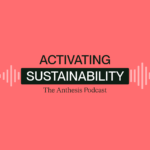
LCA is a systematic framework for quantifying the environmental impacts of products, services, or systems across their entire life cycle. LCA can be used to analyse and compare the environmental impact of different scenarios. With these results, we can identify impact hotspots across the life cycle to reduce the impact of the product, service, or system. This can inform innovation and solutions to reduce environmental impact across a multitude of different impacts (e.g., GHGs, water use, smog, etc.).
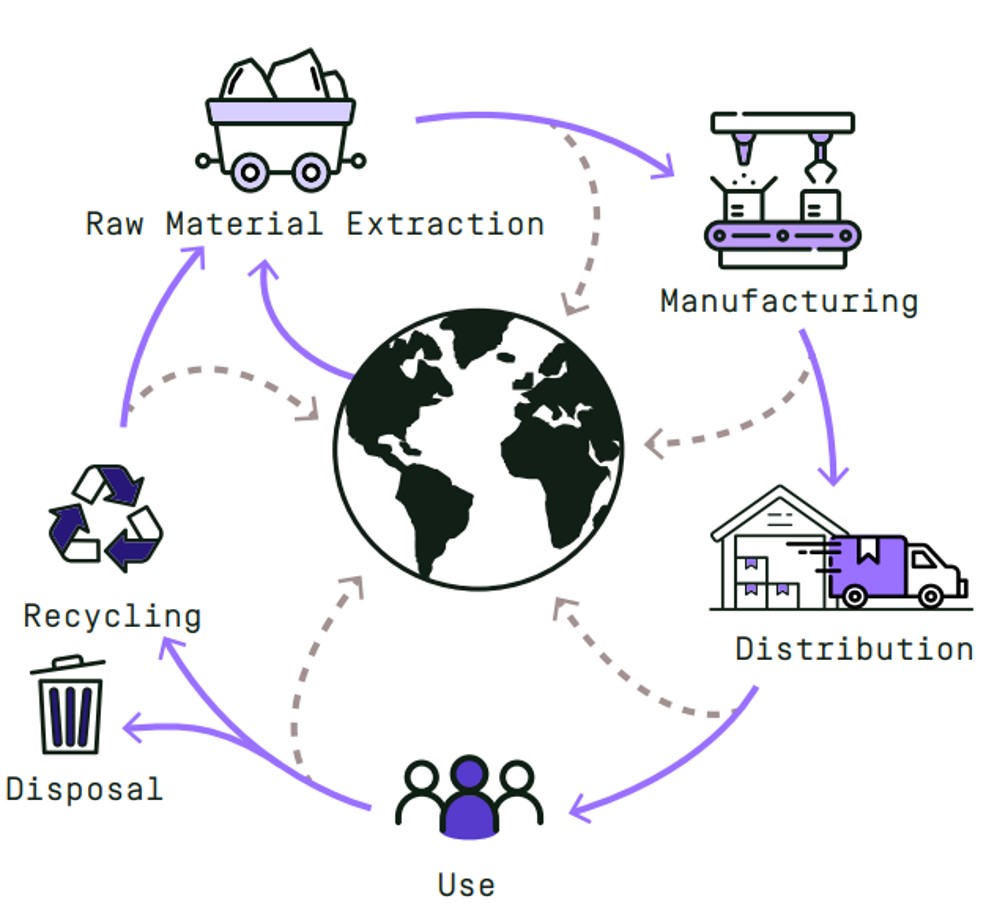
LCA has emerged as an essential and widely recognised science-based framework for better understanding the environmental impacts of products, services and systems. The growth of LCA coincides with a surge of legislation across the globe, designed to improve compliance, efficiency and management of products. Now more than ever, LCA is an invaluable tool for companies looking to achieve their sustainability goals. Completing an LCA can also help to inform strategic decision-making and create business value.
Our consultants, strategists, analysts, and educators provide a range of LCA services, including:
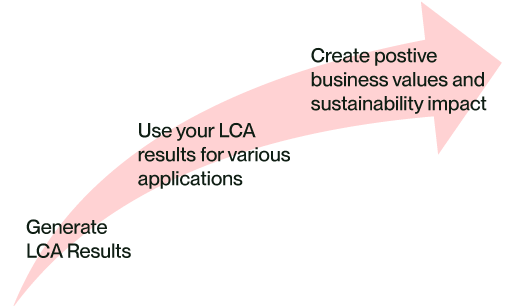
Types of LCA covered:
We have experience with all major LCA methodologies and software systems and can support organisations with comprehensive and complete frameworks bespoke to their organisational circumstances. Our Life Cycle Assessments align with internationally accredited compliance and regulatory processes, including ISO 14040 and 14044.

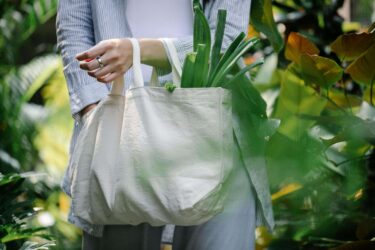
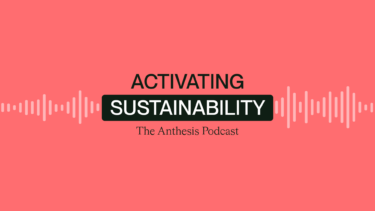
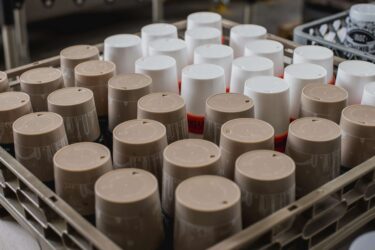
Thank you for your interest in Anthesis Group. Please complete this form to discuss how we can help you.
1. Define Goal & Scope – Define the goal and scope of study to understand the objectives and intended applications, the boundaries of what is being assessed and the performance requirement that the product fulfils.
2. Inventory Analysis – Create an inventory of flows to and from nature, usually using a combination of primary and secondary data collected for each unit processes of the product system.
3. Impact Assessment – Convert inventory data into a series of meaningful environmental indicators (impact categories).
4. Interpretation – Carefully interpret the results to draw conclusions and make recommendations Conduct sensitivity analyses on key parameters to assess the robustness of the results.
When preparing yourself for an LCA, you should ask yourselves some key questions, including:
– What is the goal or purpose of the LCA?
– What is the product or system being assessed?
– How will you find and collect data about the product?
– What is the life cycle of the product or system being assessed?
– What environmental impacts are you interested in? For example, greenhouse gas emissions, biodiversity, water use, etc.
Typical outputs include a summary report of key findings along with a more detailed report stating the method, assumptions, findings and recommendations. For ISO LCAs, you also expect an ISO standard report.
Anthesis can also support you in attaining external critical review (for ISO-compliance), establishing green claims and developing interactive dashboards to explore results.
A hotspot analysis demonstrates how each life cycle stage contributes to different environmental impacts. This enables the identification of areas in the life cycle which need prioritising for action.
A comparative assertion enables comparison of the environmental impacts of one or more products that perform the same function.
Screening LCAs are useful for identifying opportunities for environmental impacts reduction. They can serve to quickly gain an initial overview of the environmental impacts of a product using high level assumptions.
A product environmental footprint (PEF) is a comprehensive analysis of the environmental impacts associated with all stages of a product’s lifecycle, from raw material extraction through production, use, and disposal. It aims to provide a holistic view of the environmental performance of a product. Like products, services can also have an environmental footprint.
A product carbon footprint (PCF) is a measure of the total greenhouse gas emissions directly and indirectly associated with all stages of a product’s lifecycle, from raw material extraction through production, use, and disposal. A PCF can be used to identify opportunities for reducing a product’s climate impact however, by excluding non-carbon indicators (e.g. water use, land-use etc.), PCF provide an incomplete environmental picture and can lead to burden shifting. Like products, services can also have a carbon footprint.
Burden shifting refers to the unintended transfer of environmental impacts from one stage of a product’s lifecycle, or from one environmental indicator to another. For example, the removal of product packaging may reduce impacts at the production stage of the lifecycle but result in higher product loss impacts during distribution and retail stages. A cradle-to-grave assessment helps to avoid this. Burden shifting from one indicator to another is often the result of focusing on a single aspect, such as carbon emissions. For example, switching from plastic to bio-based packaging may reduce carbon impacts, but could increase a product’s land and water footprint. Including multiple indicators in an LCA helps to avoid this.
An environmental hotspot is an area, process, or activity within a product’s lifecycle that has a disproportionately high environmental impact. Identifying hotspots helps prioritise impact reduction efforts on those areas with the greatest reduction potential.
Green claims are statements made by companies about the environmental benefits of their products, services, or practices. These claims are often used for marketing purposes and can include information about eco-friendly materials, sustainable production methods, or the reduction of environmental impacts. In the EU and UK, there is increasing regulatory scrutiny over these claims due to concerns about greenwashing—making misleading or unverified assertions. Companies face significant reputational, legal, and financial risks if green claims are found to be unsubstantiated or false. Conducting comprehensive Life Cycle Assessments (LCA) is crucial to ensure that green claims are supported by credible evidence, providing transparency and credibility in environmental marketing.
Greenwashing refers to the practice of making unsubstantiated or misleading claims about the environmental benefits of a product, service, technology or company practice. Greenwashing can mislead consumers and undermine genuine efforts toward sustainability by eroding consumer trust and thereby, reducing their value. New green claims regulations in the EU and the UK are designed to crack down on greenwashing, with an unprecedented number of cases brought in 2023.
LCA Lifecycle Stages – LCA studies can assess a product or service’s entire lifecycle or only a portion of it. Common assessment types include:
Gate-to-gate focuses on evaluating the environmental impacts within a single phase of the production process, from the entry of raw materials into a facility to the exit of finished products. This approach allows for detailed analysis and optimisation of specific production stages.
Cradle-to-gate refers to the assessment of a product’s (or service’s) environmental impact from the extraction of raw materials (cradle) to the point it leaves the manufacturer (gate). This partial lifecycle analysis excludes the distribution, use, and disposal phases.
Cradle-to-grave refers to the comprehensive assessment of a product’s (or service’s) environmental impact from the extraction of raw materials (cradle) through manufacturing, distribution, and use, to its final disposal (grave). This full lifecycle analysis ensures that all stages of the product’s life are considered, providing a complete picture of its environmental footprint.
Cradle-to-cradle in terms of LCA is an approach that evaluates a product’s (or service’s) environmental impact throughout its entire lifecycle, from raw material extraction (cradle) to the end of its useful life, where the materials are intended to be reused or recycled into new products (cradle). Unlike cradle-to-grave, which ends with disposal, cradle-to-cradle accounts for the potential for materials to be continuously cycled back into production, aiming to minimise waste and promote sustainability.
